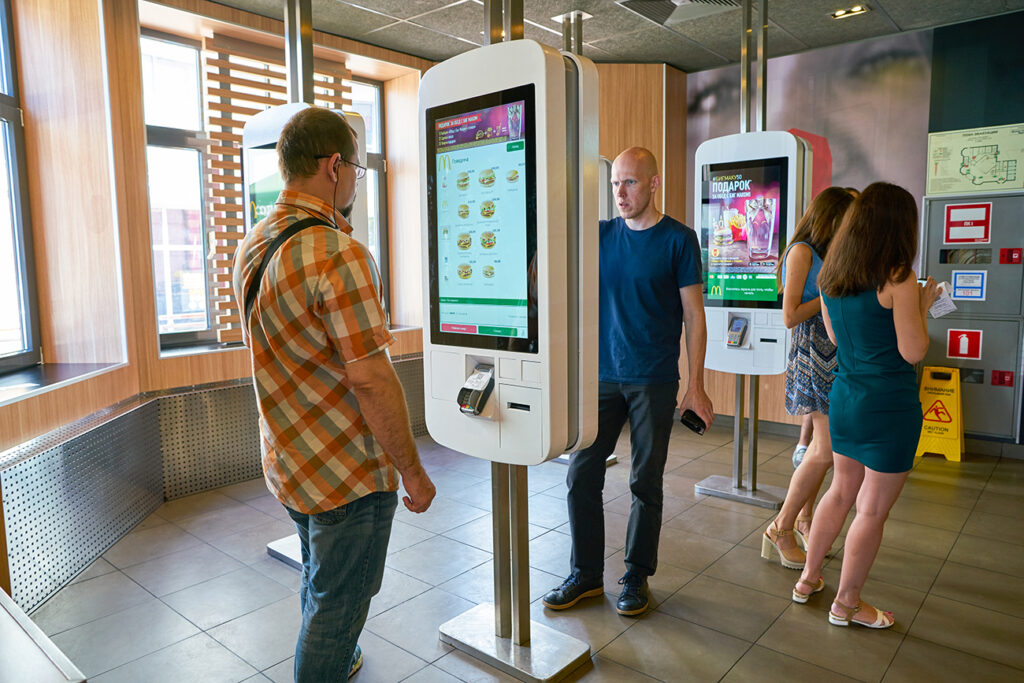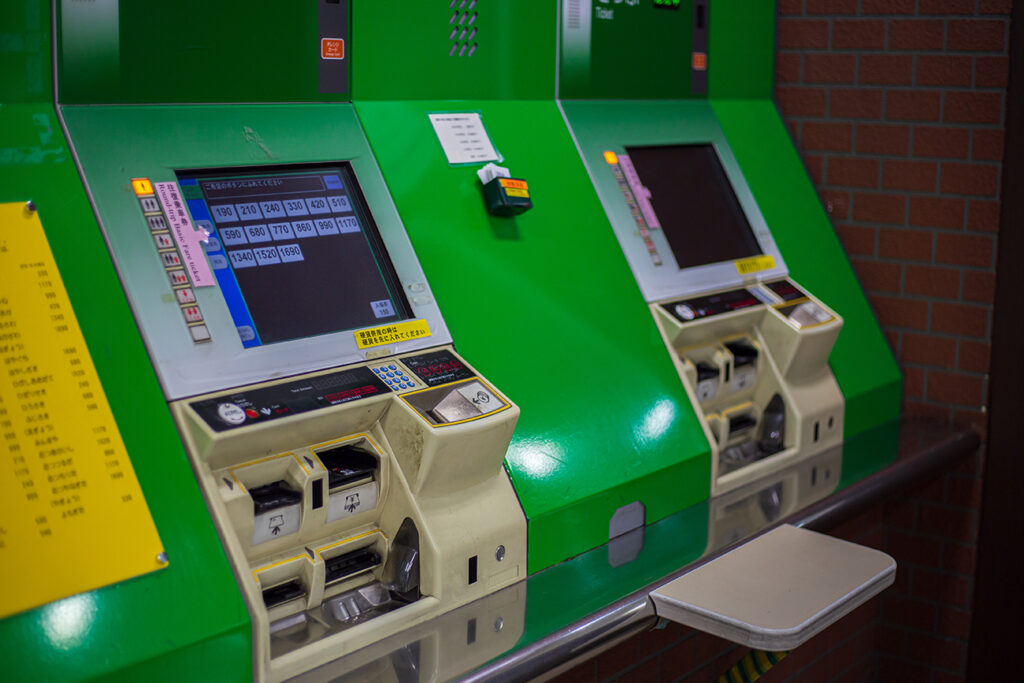
Using Touch Panels in Japan
The adoption of interactive kiosks with touch screens panels has surged in retail environments in recent years, with a growing number of businesses integrating this technology across various products and services. Advances in both hardware and software have made these kiosks increasingly appealing, and their rapid adoption far quicker than the 25 years it took for ATMs or the 10 years for mobile phones highlights their effectiveness.
Modern day consumers
Today’s consumers demand more interactive experiences and greater autonomy in their purchasing decisions, leading more retailers to consider incorporating such technologies into their operations. As customers become more accustomed to making online purchases, they are increasingly comfortable using self-service kiosks, preferring them over waiting in line or interacting with store personnel.
Shokken (食券 “food ticket”) are a type of Japanese ticket machine or vending machine, usually used at restaurants for ordering food. Ticket machines were first introduced at Tokyo Station in 1926. Today, there are over 43,000 of these machines across Japan a lot of them using touch screen technology. Commonly found in restaurants, cafes, fast-food outlets, and other dining establishments, a typical shokken machine features buttons or touch screen panels for selecting items, a slot for payment, and a printer that issues a receipt. Customers then exchange this receipt for their purchased item.
Shokken machines are versatile, sometimes standing alone or placed on countertops and tables, and they can be adapted for various other uses. Businesses often favor these machines as they help reduce staffing needs, minimize theft, decrease turnover rates, and reduce ordering errors. However, while practical, shokken machines are not typically associated with fine dining, as they are more commonly found in budget-friendly restaurants like Matsuya, Yoshinoya, and Sukiya. These machines can occasionally malfunction and may limit the ability to customize orders. The importance of touch screen panels for tourism in Japan
The importance of touch screen panels for tourism in Japan
Japan has emerged as a highly sought-after destination for travelers, attracting visitors who appreciate its rich culture and heritage. The country boasts 23 World Heritage sites, including picturesque lakes, breathtaking waterfalls, lush bamboo forests, and peaceful shrines and temples. Tourists from 68 countries can now visit Japan without a visa, leading to a surge in visitor numbers, with over 31 million international travelers arriving in 2018.
This rise in tourism has heightened the need for multilingual local information, often provided through outdoor touch screen panels in the form of interactive kiosks, to accommodate the diverse influx of visitors.

